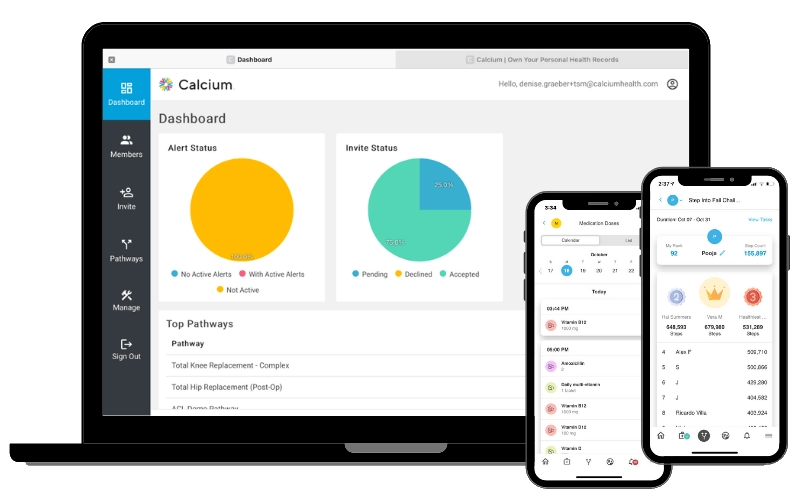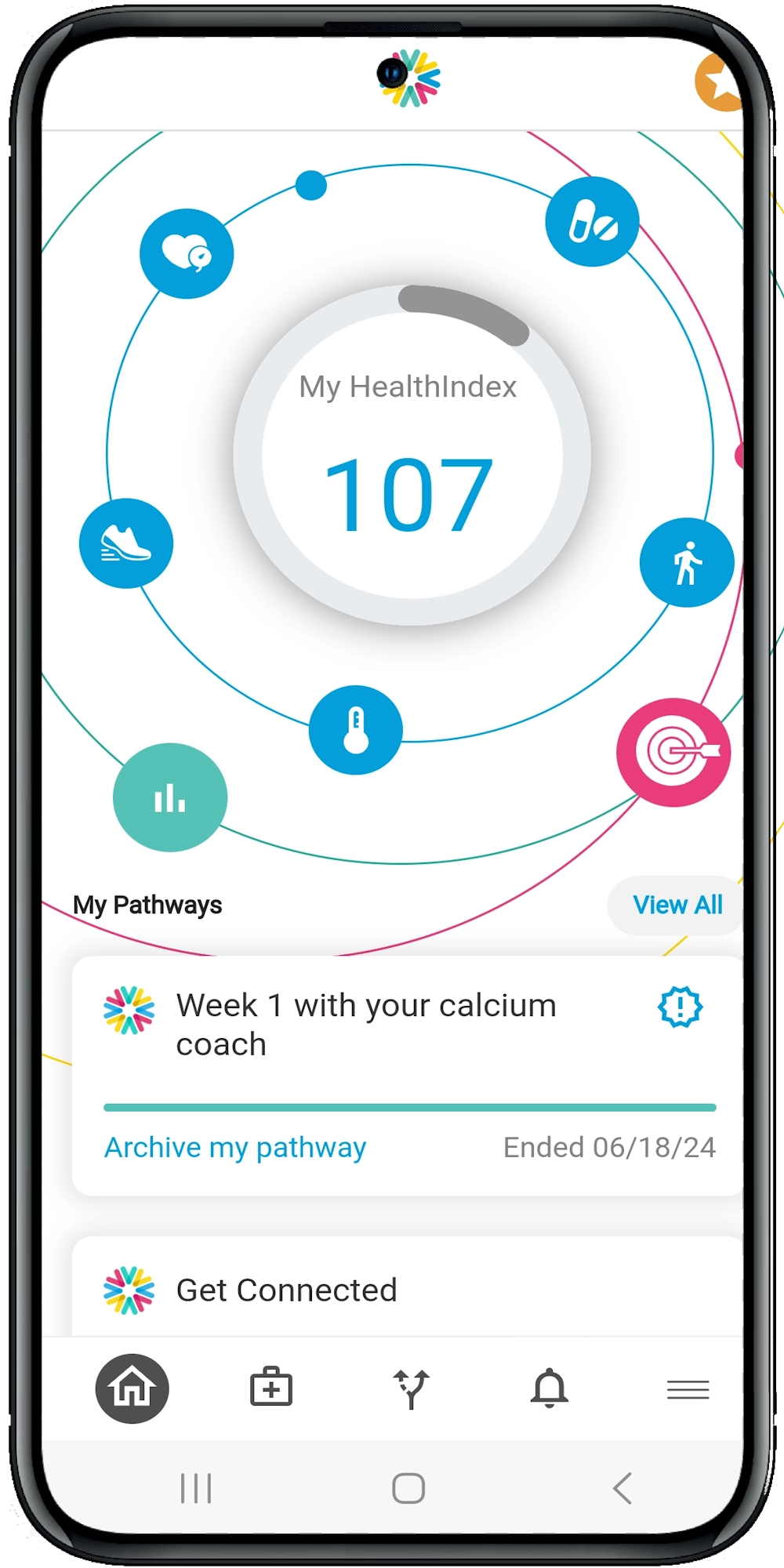Digital Health Strategies for Chronic Illness Patient Engagement
Understanding the Importance of Patient Engagement
Engaging patients in their own care is not just a buzzword; it’s a vital component of effective chronic disease management. When patients are actively involved, they are more likely to adhere to treatment plans, make informed decisions, and adopt healthier lifestyles. This, in turn, can lead to:
- Improved health outcomes
- Reduced hospital readmissions
- Enhanced patient satisfaction
Digital Health Tools for Patient Engagement
Digital health tools are revolutionizing the way we interact with our patients. Here are some key technologies that can significantly enhance patient engagement:
1. Telehealth and Telemedicine
Telehealth isn’t just for acute care anymore. It’s a game-changer for chronic disease management. By providing virtual consultations, we can:
- Increase accessibility: Patients can receive care without the need to travel.
- Enhance convenience: Flexible scheduling options can fit into busy lives.
- Improve continuity of care: Regular check-ins help monitor progress and adjust treatments as needed.
2. Mobile Health Apps
Mobile health apps are like having a healthcare provider in your pocket. These apps can:
- Track symptoms and vitals: Patients can log their daily health metrics.
- Provide medication reminders: Ensuring adherence to prescribed regimens.
- Offer educational resources: Empowering patients with knowledge about their condition.
3. Remote Monitoring Devices
Remote monitoring devices, such as wearable fitness trackers and glucose monitors, provide real-time data. They can:
- Alert healthcare providers to potential issues: Early intervention can prevent complications.
- Encourage self-management: Patients can see the direct impact of their behaviors on their health.
- Facilitate data-driven decisions: Personalized treatment plans based on accurate data.
Strategies to Implement Digital Health Tools
Implementing digital health tools requires a strategic approach. Here are some practical steps to get started:
1. Assess Patient Needs and Preferences
Not all patients are tech-savvy, and their needs vary. Conduct surveys or interviews to understand:
- Technology comfort levels: Are they familiar with using smartphones or computers?
- Health literacy: Do they understand medical terminology and instructions?
- Specific needs: What are their primary concerns and how can technology address them?
2. Provide Training and Support
Introducing new technology can be daunting. Offer:
- Training sessions: Demonstrate how to use the tools effectively.
- Technical support: Provide a helpline or chat support for troubleshooting.
- Educational materials: Create easy-to-understand guides and videos.
3. Integrate with Existing Systems
For seamless operation, digital health tools should integrate with existing electronic health records (EHRs) and other systems. This ensures:
- Consistent data flow: Avoiding duplication and ensuring accuracy.
- Comprehensive patient profiles: All health data in one place for better decision-making.
- Streamlined workflows: Reducing administrative burden on healthcare providers.
Overcoming Challenges in Digital Health Implementation
While digital health tools offer numerous benefits, they also come with challenges. Here’s how to address some common obstacles:
1. Data Privacy and Security
Patients must trust that their data is safe. Ensure:
- Compliance with regulations: Follow HIPAA and other relevant guidelines.
- Robust security measures: Implement encryption and secure access controls.
- Transparent policies: Clearly communicate how data will be used and protected.
2. Digital Divide
Not all patients have access to the necessary technology. Consider:
- Providing devices: Offer loaner programs for patients without smartphones or computers.
- Community partnerships: Collaborate with local organizations to improve access.
- Alternative solutions: For those without internet, consider phone-based consultations.
3. Patient and Provider Buy-In
Both patients and providers must see the value in digital health tools. Foster buy-in by:
- Sharing success stories: Highlight positive outcomes from other patients.
- Demonstrating benefits: Show how these tools can simplify their lives and improve health.
- Involving stakeholders: Engage patients, caregivers, and other healthcare providers in the planning process.
The Future of Digital Health in Chronic Disease Management
The future of healthcare is digital, and the potential for improving chronic disease management is immense. Emerging technologies such as artificial intelligence (AI), machine learning, and predictive analytics will further enhance our ability to provide personalized, proactive care. Imagine a world where:
- AI-powered tools predict flare-ups: Allowing for preemptive interventions.
- Machine learning algorithms tailor treatments: Based on individual patient data and outcomes.
- Predictive analytics identify at-risk patients: Enabling targeted preventive measures.
Summary and Suggestions
Embracing digital health strategies is no longer optional; it’s essential for effective chronic disease management. By leveraging telehealth, mobile apps, remote monitoring devices, and more, we can significantly enhance patient engagement and improve health outcomes. Ready to dive deeper? Explore our other resources or schedule a demo to learn more about our innovative digital health platform and solutions.





